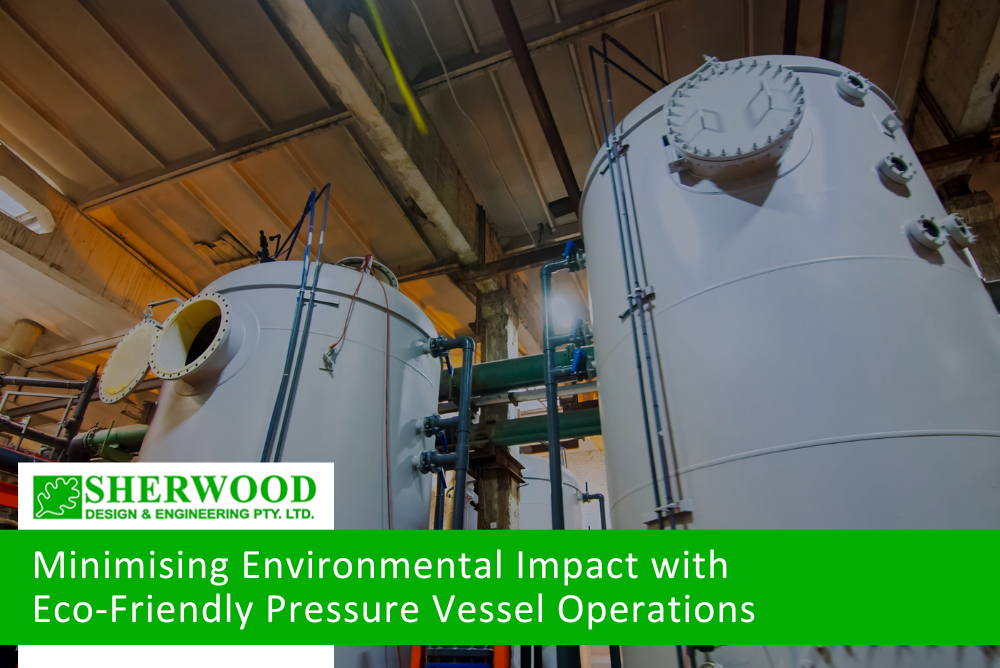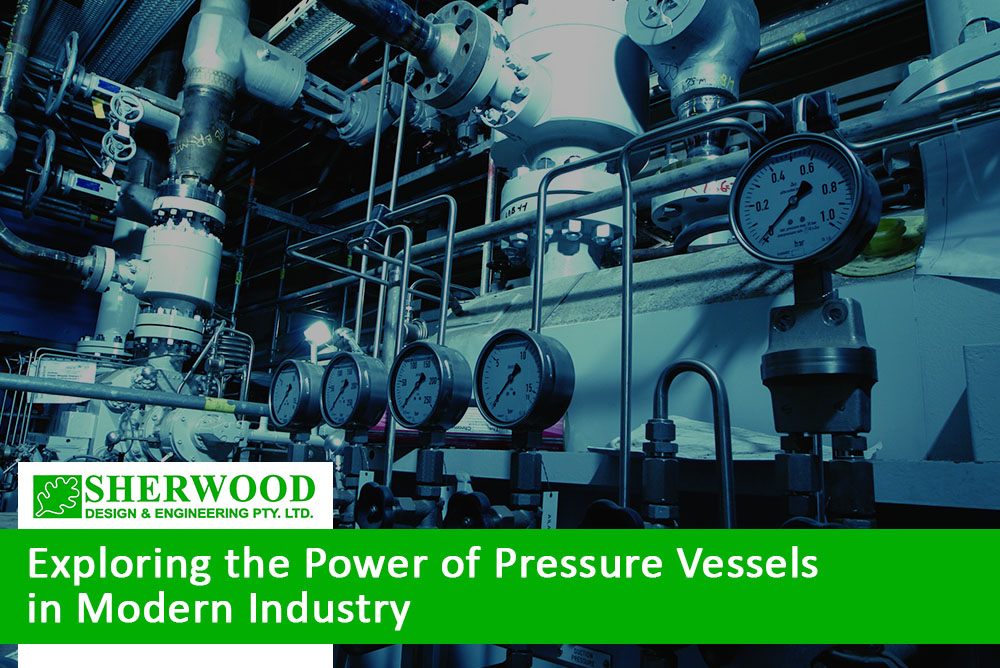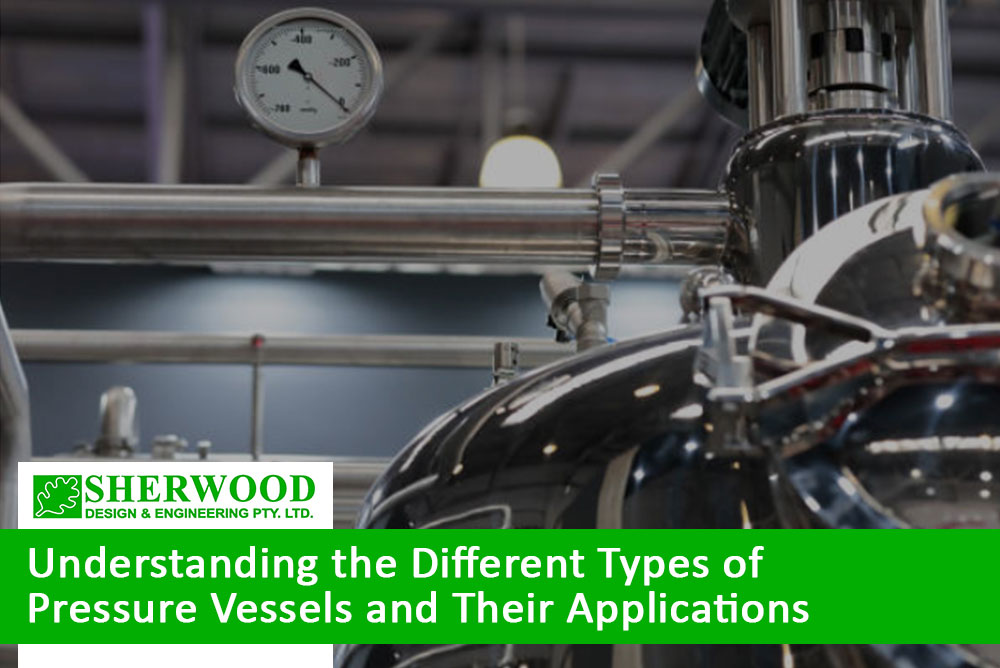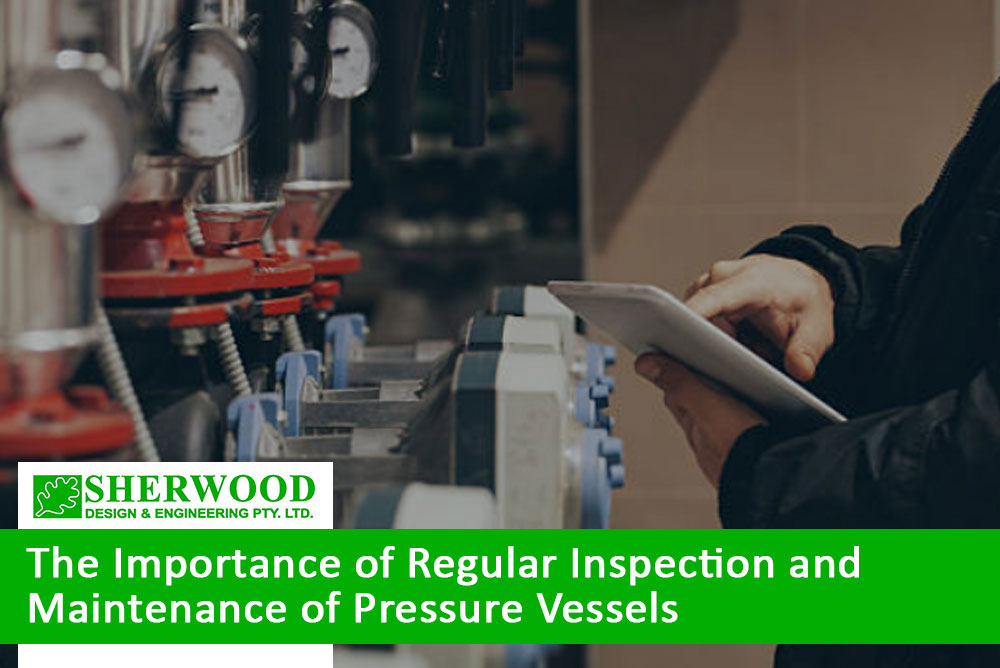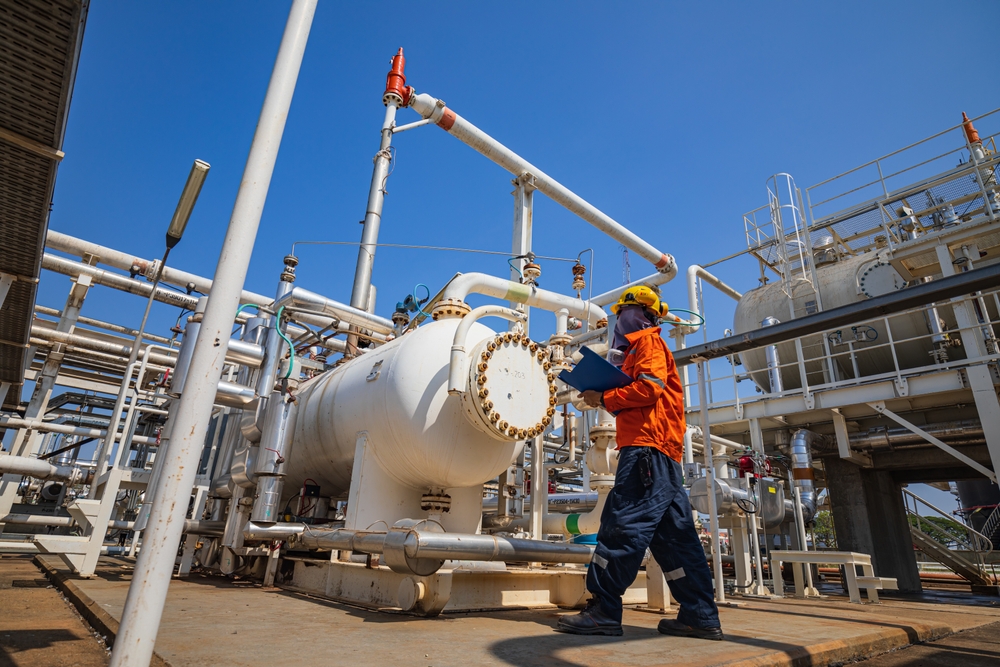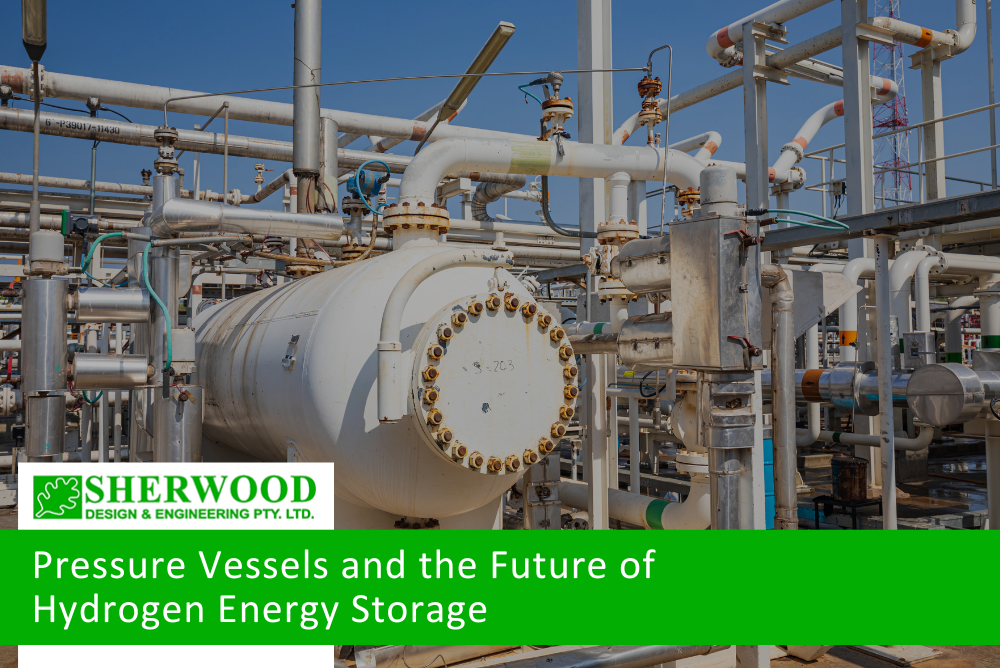
Australia’s energy future is changing fast. Hydrogen is no longer a dream. It’s a major player in clean energy. At the centre of this shift are pressure vessels. They do the hard work behind the scenes—holding, storing and moving hydrogen safely. Without strong engineering design services, none of it works. In this guide, we’ll unpack how these vessels are key to storing hydrogen and why that matters for our future.
The Rise of Hydrogen: Why It Matters
Hydrogen is clean, powerful and versatile. It burns without carbon emissions. That makes it a top choice for reducing pollution. It’s used in fuel cells, manufacturing and transport. Countries like Australia are backing it with billions in funding.
But hydrogen is tricky. It’s light, flammable and needs strong storage solutions. That’s where pressure vessels come in. These tanks store hydrogen at high pressure so it can be moved or used later. You’ll find them in refuelling stations, industrial plants and even buses.
Today, we see a growing need for smart, safe hydrogen storage. Pressure vessels must meet strict safety codes, perform in harsh conditions and last for years.
Types of Pressure Vessels Used in Hydrogen Storage
There’s no one-size-fits-all when it comes to hydrogen. Storage needs change based on use. So do the vessels.
There are four main types of pressure vessels used for hydrogen:
- Type I – All-metal cylinders, mostly steel. Heavy but strong.
- Type II – Metal with partial composite wrapping. Lighter, still strong.
- Type III – Metal liner with full composite wrap. High pressure, much lighter.
- Type IV – Plastic liner with full composite wrap. Lightest, but complex to make.
Each one has its place. Type I is often used in stationary storage. Type IV works well in vehicles. These vessels must handle pressures up to 700 bar. That’s 10,000 psi—more than 100 times a car tyre. Understanding how pressure vessels work in modern systems is key to picking the right type for any hydrogen project.
Material Choices and Design Challenges
Hydrogen storage isn’t just about high pressure. The gas is tiny. It can slip through cracks and make metals brittle. That’s called hydrogen embrittlement. So materials matter.
Common vessel materials include:
- Stainless steel
- Aluminium
- Carbon fibre composites
- High-density polymers
Engineers must design around issues like leaks, fatigue and temperature shifts. They run stress tests and simulations to get it right. Plus, the vessel must meet global and Australian standards like ASME, ISO and AS 1210.
The best vessels balance strength, weight and cost. For example, composite tanks offer weight savings but need more care in fabrication. Innovations shaping the future of pressure vessel technology are helping tackle these challenges with smarter designs and new materials.
Hydrogen and Australia’s Renewable Energy Goals
Australia wants to be a hydrogen powerhouse. From the Pilbara to Gladstone, new hydrogen hubs are planned. These will export green hydrogen and power local industries.
Pressure vessels will be used across the supply chain—from production to delivery. Hydrogen made by electrolysis is compressed and stored before transport. Vessels allow it to be trucked, piped or stored on site for later use.
Energy companies are investing in vessel systems to store backup power. These help smooth out wind and solar gaps. The storage lets hydrogen be used when sun or wind drops off. Role of pressure vessels in renewable energy systems shows how critical these tanks are to building a stable, low-carbon energy grid.
A Closer Look: Hydrogen Storage in Public Transport
Let’s take a real-world example. In 2023, a hydrogen-powered bus fleet launched in New South Wales. These buses use onboard pressure vessels to store hydrogen fuel.
Each bus carries Type IV composite tanks holding up to 350 bar. The hydrogen feeds a fuel cell, which powers an electric motor. Refuelling takes less than 10 minutes, similar to diesel.
At the depot, a central pressure vessel bank stores hydrogen brought in by trailer. It keeps the gas stable and ready to pump. Without the right vessel design, safety and speed would suffer.
This model is being copied in other cities. It’s a strong case for how pressure vessels enable clean transport options at scale.
Cost, Safety and Inspection Standards
Safety is always first in hydrogen storage. One leak or rupture can cause major harm. That’s why pressure vessels go through rigorous testing:
- Burst tests
- Fatigue tests
- Leak checks
- Non-destructive inspections
Vessels are designed with fail-safes like pressure relief valves. They’re certified to local and global codes.
But safety doesn’t stop at design. Regular inspections and maintenance are vital. Australian rules require ongoing checks for corrosion, dents and wear. Missing these steps can cut a vessel’s lifespan or lead to failure.
Some companies now use digital sensors to monitor vessel health in real time. This helps spot problems before they grow.
Trends Driving the Future of Hydrogen Storage
The push for hydrogen storage is just starting. Key trends to watch include:
- Higher pressures: Next-gen tanks are aiming for 1000+ bar
- Modular systems: Stackable tanks allow flexible storage
- Mobile vessels: Trailers and container-based units for easy deployment
- Recyclable materials: To meet sustainability targets
- Digital monitoring: Real-time data to reduce risk
We’ll also see more pressure vessels integrated into hybrid storage systems. For instance, hydrogen can work with batteries or flywheels for energy smoothing.
As demand grows, costs will drop. That’ll open new markets, from remote mining to aviation. Australia is well-placed to lead with local fabrication and export-ready skills.
Practical Applications Across Industries
Hydrogen storage isn’t just for energy. Industries are finding new uses daily.
Here are some standout applications:
- Mining: Remote mine sites use hydrogen as off-grid power. Vessels store fuel for generators.
- Farming: Hydrogen tractors need onboard storage. Pressure vessels provide compact, safe tanks.
- Maritime: Ships are testing hydrogen fuel systems. Onboard vessels handle the pressure of sea use.
- Aviation: Aircraft makers are testing hydrogen jets. Storage weight and safety are top concerns.
Pressure vessels need to be tailored for each case. Weight, temperature and space all affect the design.
How Engineering Design Drives Long-Term Performance
Behind every safe pressure vessel is a good design. This means more than picking materials or meeting pressure specs. Design also includes:
- Site layout
- Mounting systems
- Insulation for temperature swings
- Access points for inspection
- Expansion plans for future growth
In hydrogen storage, a mistake can cost millions. Expert engineers plan for today and tomorrow. They use software tools, material science and site data to build systems that last.
Firms offering engineering design services play a big role in making sure storage systems work from day one and keep working for decades.
FAQs
1. How long do hydrogen pressure vessels last?
Hydrogen pressure vessels typically last 15 to 30 years, depending on the material, usage and care. Composite tanks like Type IV are lighter but may wear out faster if not maintained properly. Steel tanks are more durable but heavier and more prone to corrosion. Lifespan also depends on pressure cycles—how often the vessel is filled and emptied. The more cycles, the more stress on the material. Regular inspections, pressure checks and proper refuelling methods help extend service life. In industrial setups, sensors are now used to track vessel health in real time. This reduces the risk of early failure and avoids costly shutdowns. Vessel lifespan planning should also factor in regulation updates and changes in storage needs. Future-proofing matters because hydrogen tech moves fast. What works today might need an upgrade tomorrow.
2. Can hydrogen leak from pressure vessels?
Yes, hydrogen can leak, especially if the vessel is poorly sealed or maintained. The hydrogen molecule is the smallest of all gases, making it easy to escape through micro-cracks or weak seals. That’s why proper vessel materials, gaskets and welding methods are critical. Hydrogen leaks aren’t always visible, so detectors are installed in high-risk areas. If left unchecked, leaks can cause safety risks, including fire or explosion. That said, modern vessels are built with multiple safeguards—pressure relief valves, reinforced linings and real-time monitoring. Inspections are a must. They catch small problems before they become big ones. Australian safety codes also require leak testing after fabrication and during regular service intervals. Done right, the risk of leaks can be kept very low.
3. What are the challenges of storing hydrogen at high pressure?
Storing hydrogen at high pressure brings several technical and safety challenges. First, high pressure requires strong vessel materials, which adds weight and cost. Second, hydrogen can cause embrittlement, weakening metals over time. This limits material choices. Third, pressure vessels must be built to tight tolerances to avoid cracks or leaks. Fabrication errors can lead to dangerous failures. Another issue is heat—compressing hydrogen generates heat that must be managed. Safety is always top of mind. High-pressure vessels must handle burst conditions, shocks and environmental changes. Refuelling systems also need to match the storage pressure, or damage can occur. While modern vessels can handle pressures up to 700 bar, every step from design to inspection needs expert input.
4. What role do pressure vessels play in hydrogen transport?
Pressure vessels make hydrogen transport possible. Hydrogen isn’t just made and used in one place. It needs to be moved—between production sites, storage depots and end users. Pressure vessels allow this by safely compressing and storing hydrogen for road, rail or sea travel. Tube trailers, for example, use multiple Type III or IV vessels to carry hydrogen long distances. They’re commonly seen at hydrogen fuelling stations. For rail and maritime, custom-built vessel systems store enough hydrogen for long trips. During transport, vessels must handle bumps, temperature swings and vibration. They’re built to meet strict codes like ASME and ISO. Transport vessels also need fast refuelling connectors and strong mounts. Without them, delivery delays or safety risks grow. As demand rises, expect smarter vessel designs built just for transport.
5. Are pressure vessels recyclable or sustainable?
It depends on the material. Metal vessels like steel or aluminium can be recycled easily. Composite vessels are trickier. They often include carbon fibre and resins that are hard to separate. Still, recycling tech is improving. Some firms now reclaim fibres and repurpose liners. Another approach is to extend vessel life. Sensors help reduce over-servicing and spot issues early. This avoids early scrapping. Modular vessel systems can also be reused across projects. As sustainability gains focus, expect more attention on vessel lifecycle impacts. Australia’s hydrogen push includes goals around green manufacturing and recycling. Future vessels may include labels showing carbon footprint, recycled content and end-of-life options.
Shaping Tomorrow’s Hydrogen Economy Starts with Storage
Hydrogen has the power to fuel Australia’s clean future, but it won’t go far without reliable storage. Pressure vessels are the backbone of this journey. From powering buses to backing up solar farms, these tanks make hydrogen useful, portable and safe.
As demand grows, pressure vessel design will need to evolve. Smarter materials, lighter builds and tighter safety standards will set the path forward. Companies that invest now—especially in local fabrication and engineering design services—will be at the front of this energy wave.
To explore how Sherwood Engineering can help bring your hydrogen project to life, visit our team of expert engineers today.
Give us a call at (02) 9437 3566 or leave an enquiry if you would like to learn more about our pressure vessel engineering design and support services.


